Struggling to determine the right coil packaging automation for your facility? Under-specifying leaves you with bottlenecks and safety risks, while over-investing drains capital from core operations. This dilemma paralyzes productivity. Let’s cut through the complexity by aligning your coil line tier with actual operational needs—transforming uncertainty into strategic advantage.

Choosing your coil packing line level hinges on three factors: throughput volume, material variability, and future scalability. Basic semi-automated systems (≤5 coils/hr) suit low-volume producers with standardized coils. Intermediate lines (5-15 coils/hr) add automated strapping and wrapping for mixed sizes. Advanced tiers (15-30+ coils/hr) integrate robotics, AI-driven quality control, and IoT connectivity for large-scale, high-mix operations. Your selection must balance current needs with 5-year growth projections—Red Bud Industries’ tiered approach demonstrates how phased investments prevent obsolescence.
Navigating coil packaging tiers shouldn’t feel like gambling. By dissecting each level’s capabilities, we’ll equip you to make data-driven decisions that optimize both immediate efficiency and long-term adaptability. Ready to transform your packaging from cost center to competitive edge?
Basic Tier Coil Lines: Foundations for Entry-Level Operations
When manual handling causes inconsistencies in coil protection or slows down shipments, frustration mounts. Basic systems eliminate these pain points for smaller operations without requiring six-figure investments. Let’s explore where these solutions excel and where they hit limits.
Entry-level coil packing lines prioritize simplicity and affordability, typically handling ≤5 coils/hour with semi-automated processes. Core components include manual coil rotation, basic strapping stations, and operator-guided wrapping. Ideal for facilities with uniform coil dimensions and low daily volumes, these systems reduce labor strain but lack scalability for growing demands. Key limitations include higher per-unit labor costs and minimal data capture.

When Basic Tier Makes Strategic Sense
Basic coil packing configurations thrive in specific scenarios: job shops processing sub-50 coils daily, warehouses with limited SKU variety, or facilities prioritizing capex conservation. The operational workflow typically involves:
- Manual Positioning: Operators place coils on turntables using overhead cranes
- Semi-Auto Strapping: Foot-pedal activated tensioners apply steel/PET straps
- Rotary Wrapping: Worker-guided stretch film application at adjustable tension levels
- Labeling: Hand-applied barcode or RFID tags
The financial advantage emerges in sub-$100k installations with rapid ROI under 18 months for facilities replacing fully manual processes. However, hidden costs accumulate through:
- Labor intensity requiring 2-3 operators per shift
- Rejected shipments due to inconsistent tension
- Downtime during operator breaks
| Parameter | Basic Tier | Intermediate Tier | Advanced Tier |
|---|---|---|---|
| Throughput | ≤5 coils/hr | 5-15 coils/hr | 15-30+ coils/hr |
| Labor Required | 2-3 operators | 1-2 operators | Unattended ops |
| Changeover Time | 15-20 minutes | 8-12 minutes | <5 minutes |
| Data Capture | Manual logs | PLC performance logs | Cloud analytics |
| Ideal Coil Variety | ≤3 sizes | ≤8 sizes | Unlimited sizes |
Red Bud’s case study with a Midwest service center demonstrates this tier’s sweet spot: After implementing a basic line for their 30-coil/day operation, they reduced packaging labor by 40% and damage claims by 18%. However, when coil diversity increased, changeover bottlenecks dropped throughput by 22%—highlighting the tier’s rigidity.
Intermediate Coil Solutions: Balancing Automation and Flexibility
Hitting throughput ceilings with basic equipment? Intermediate systems bridge the gap with targeted automation that handles moderate complexity without advanced-tier price tags. These solutions tackle the mid-volume challenge where standardization meets variability.
Intermediate coil packing lines deliver measurable efficiency gains through partial automation, handling 5-15 coils/hour with reduced staffing. They incorporate auto-tensioning strappers, programmable wrappers, and adjustable conveyors that accommodate diameter variations up to 30%. This tier suits facilities experiencing 10-20% annual growth, providing data-enabled process control while maintaining manageable maintenance complexity and $200k-$500k investments.
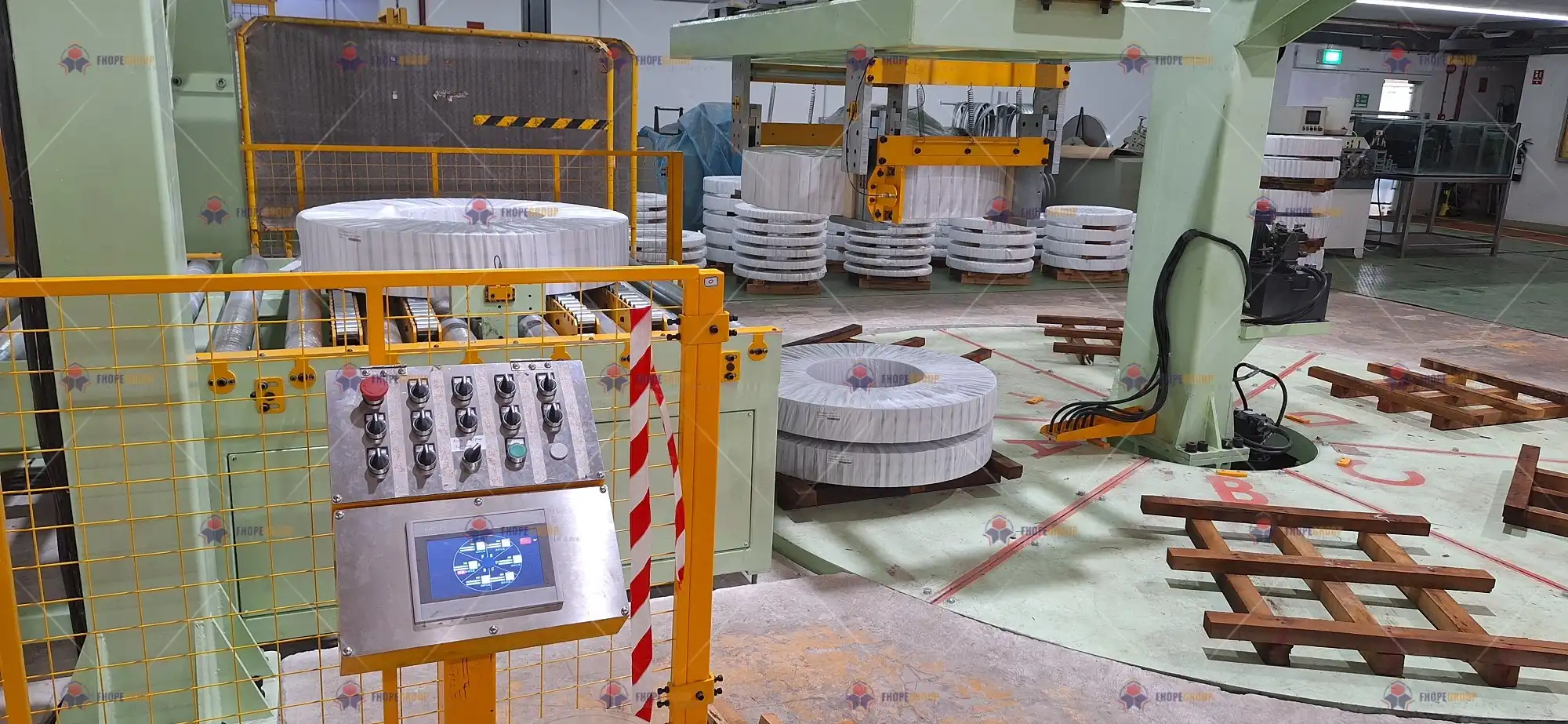
Engineering the Mid-Tier Advantage
Intermediate configurations shine when production volumes outgrow manual methods but don’t yet justify robotics. A typical line integrates these subsystems:
- Auto-Sizing Strappers: Laser-guided systems detect coil edges and apply straps at optimal positions without manual measurement
- Multi-Axis Wrappers: Programmable arms adjust rotation speed and film overlap based on coil dimensions stored in PLC memory
- Modular Conveyance: Bolt-on roller tables expand line length for heavier coils (e.g., adding 3-ton capacity extensions)
- Basic Quality Assurance: Photoelectric sensors verify strap tension and film coverage
The operational transformation occurs in changeover efficiency: Where basic systems require 15+ minutes for size adjustments, intermediate lines use preset recipes to reconfigure in under 8 minutes. This flexibility supports just-in-time operations processing copper, aluminum, and specialty alloys in the same shift.
Consider these measurable benefits from a Great Lakes steel processor:
- 55% reduction in film waste through optimized wrapping patterns
- 30% faster order processing via integrated barcode scanning
- Payback period of 2.3 years despite $350k capital outlay
Yet limitations emerge when handling coils over 5-ton capacity or requiring custom void-fill—upgrades often necessitating advanced-tier components.
Advanced Automation: High-Speed Precision Packaging
When scaling to 20+ coils/hour with zero defects becomes non-negotiable, advanced-tier systems deliver through integrated robotics and AI. This is where packaging transcends utility and becomes a strategic differentiator.
Advanced coil packing lines achieve 15-30+ coils/hour through full automation, featuring robotic coil handling, machine vision inspection, and adaptive wrapping algorithms. They eliminate manual intervention while capturing granular production data via IIoT connectivity. Designed for mills and tier-1 suppliers with multi-shift operations, these systems handle unlimited coil varieties with <0.5% error rates but require $700k-$2M+ investments justified through labor savings and premium-quality certifications.
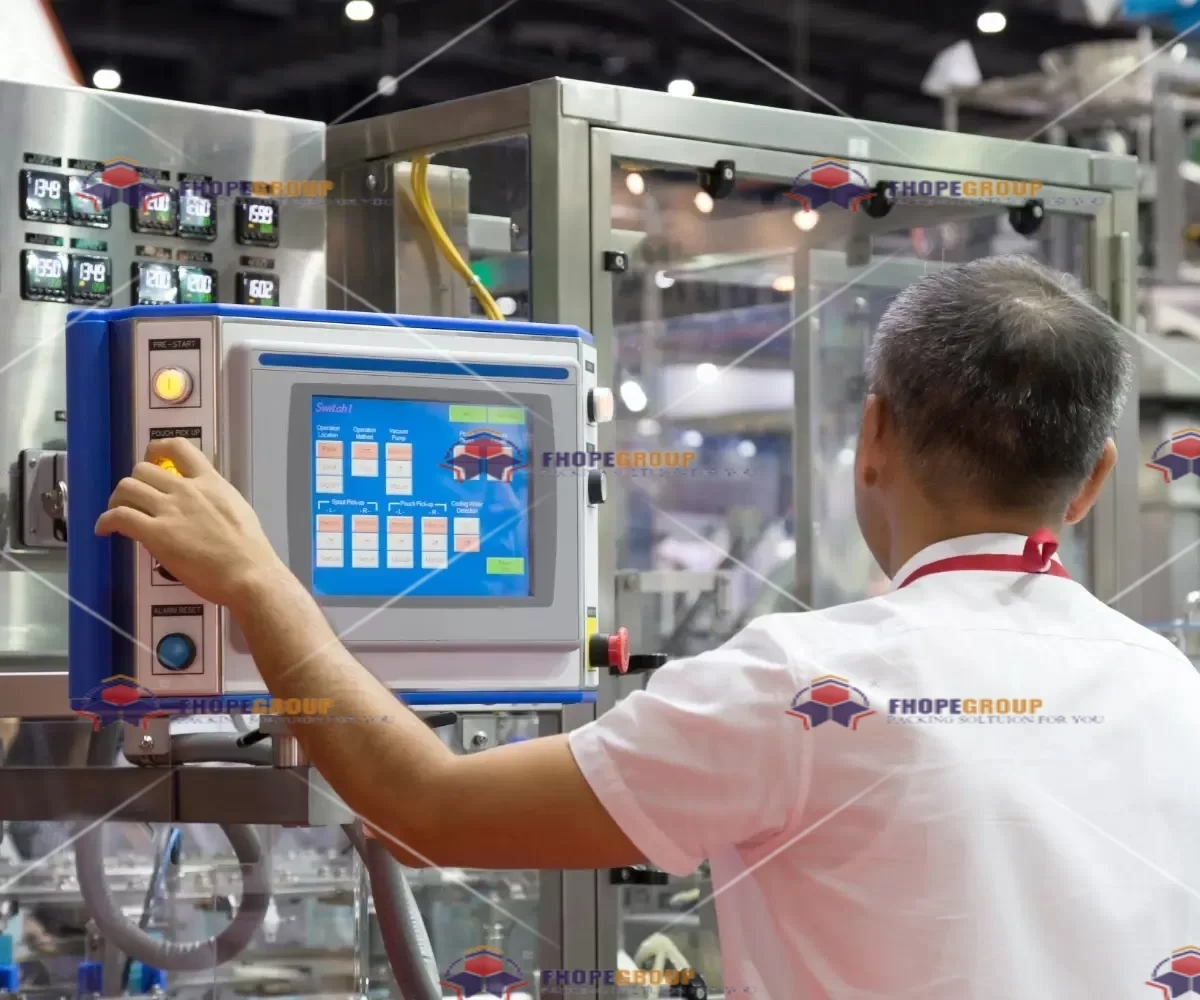
Technical Architecture of Elite Systems
Advanced tiers transform packaging into a data-driven ecosystem. Core innovations include:
Robotic Material Handling
- 6-axis robots with force feedback lift coils up to 10 tons
- Automated centering compensates for irregular shapes
- Collision-avoidance systems enable continuous operation
Intelligent Process Control
- Machine vision cameras (e.g., Cognex) scan for surface defects pre-packaging
- AI algorithms adjust wrapping tension based on coil temperature/moisture readings
- Predictive maintenance modules track motor vibration and bearing wear
Enterprise Integration
- OPC-UA communication with plant MES/ERP systems
- Real-time dashboards tracking OEE, material usage, and carbon footprint
- Remote diagnostics via encrypted cloud platforms
| Performance Metric | Threshold | Industry Benchmark | Red Bud Elite System |
|---|---|---|---|
| Max Throughput | 20 coils/hr | 25 coils/hr | 32 coils/hr |
| Energy Consumption | 45 kW/hr | 38 kW/hr | 29 kW/hr |
| Film Utilization Efficiency | 82% | 88% | 94% |
| Defect Detection Accuracy | 92% | 96% | 99.3% |
| Integration Capabilities | PLC only | PLC + SCADA | PLC/SCADA/MES/ERP |
A Nucor plant case study validates this tier’s ROI: After implementing an advanced Red Bud line, they achieved 31 coils/hour with 40% less energy than competitors. The system’s anomaly detection prevented $380k in potential damage claims within six months through micro-pitting identification during wrapping.
Matching Tier Selection to Operational Reality
Selecting the optimal coil packing tier requires evaluating current throughput, coil diversity, labor constraints, and 5-year growth plans. Cross-reference these factors: Under 200 monthly coils with minimal size variation? Basic tier suffices. Handling 200-500 coils across multiple alloys? Intermediate balances cost and capability. Exceeding 500 coils with strict quality mandates? Advanced automation delivers ROI through scalability and zero-defect packaging.
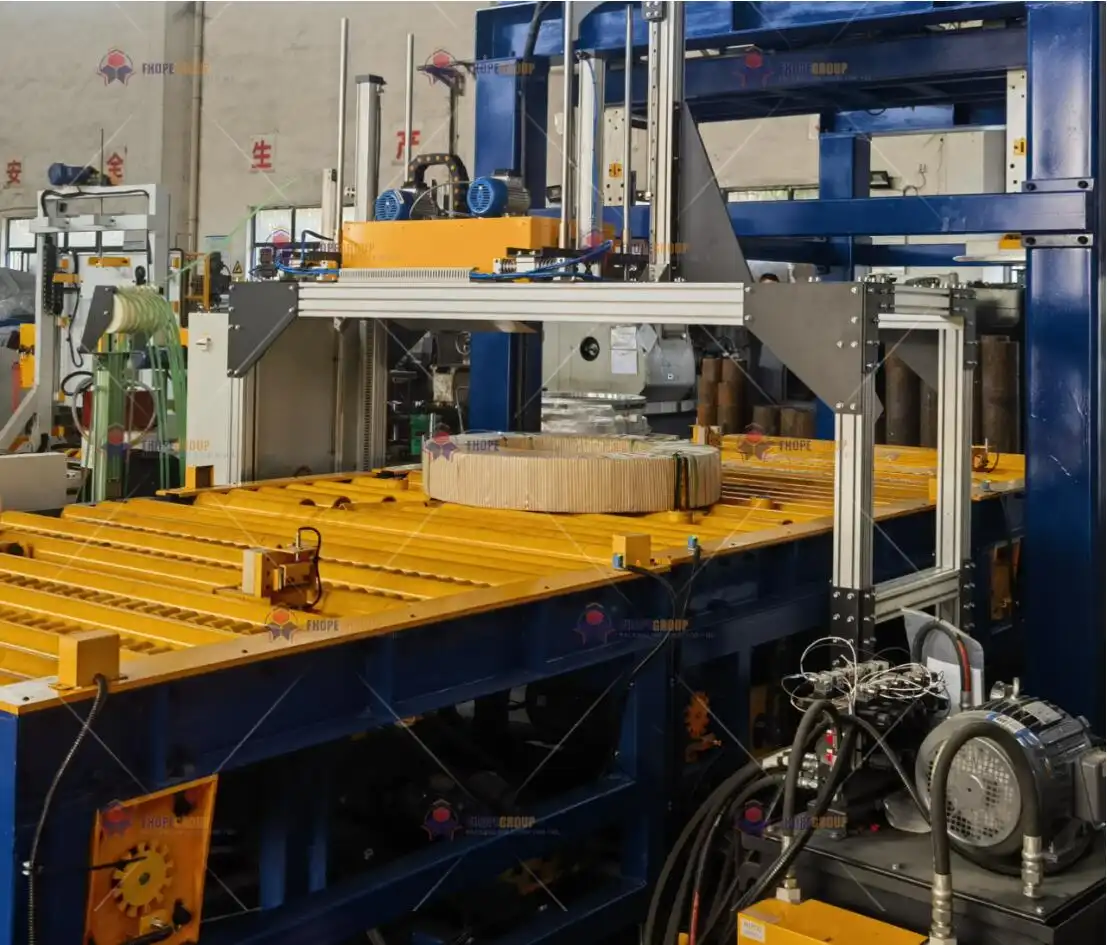
Strategic Implementation Framework
Avoid over/under-investment with this phased assessment:
Step 1: Quantify Current Pain Points
- Track weekly packaging labor hours
- Measure film/strap waste percentages
- Audit customer returns for damage causes
- Calculate changeover downtime
Step 2: Project Future Requirements
- Model volume growth using historical CAGR
- Anticipate new alloys or dimensions in product roadmap
- Factor in sustainability targets (e.g., 30% waste reduction)
- Assess facility space constraints
Step 3: Map Capabilities to Tiers
| Requirement | Basic Tier | Intermediate Tier | Advanced Tier |
|---|---|---|---|
| Daily Output <100 coils | ✓ | Overkill | Overkill |
| 100-300 coils/day | Strained | ✓ | Overkill |
| >300 coils/day | Impossible | Strained | ✓ |
| Handling >5 coil sizes | ✗ | ✓ | ✓ |
| Integration with SAP/Oracle | ✗ | Limited | ✓ |
| Labor Reduction >50% | ✗ | 30-50% | 70-100% |
**Step 4: Build Upgrade Pathways**
- Modular basic lines: Reserve floor space for future auto-strapper add-ons
- Intermediate scalability: Specify PLCs with unused I/O points for robot integration
- Advanced future-proofing: Ensure IIoT platforms support 5G connectivity
Red Bud’s "Growth Track" program exemplifies this approach: A Texas processor started with intermediate equipment featuring pre-wired ports for robotic arms. When volumes jumped 300% after a contract win, they activated pre-installed interfaces to upgrade without line shutdowns—saving $200k versus new installations.
## Conclusion
Navigating coil packaging tiers isn’t about chasing the highest technology, but aligning capabilities with operational truth. Basic lines anchor small-scale consistency, intermediate systems balance flexibility and throughput, while advanced automation transforms packaging into a profit center through unprecedented efficiency. Your selection must weigh current constraints against future ambitions—Red Bud’s tiered approach proves that strategic staging beats reactive overhauls. As coil diversity and quality expectations intensify, remember: The right tier today builds the resilience to scale tomorrow. For deeper exploration of phased implementation, see our case studies on [Coil Line Tiers](https://www.fhopepack.com/coil-packaging-solutions). 
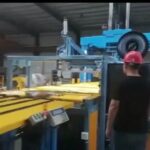
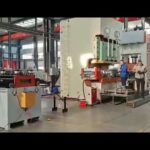
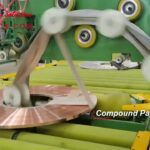
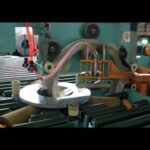

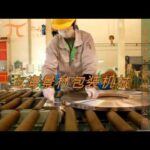
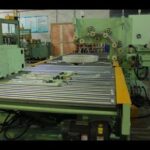





Leave a Reply
You must be logged in to post a comment.